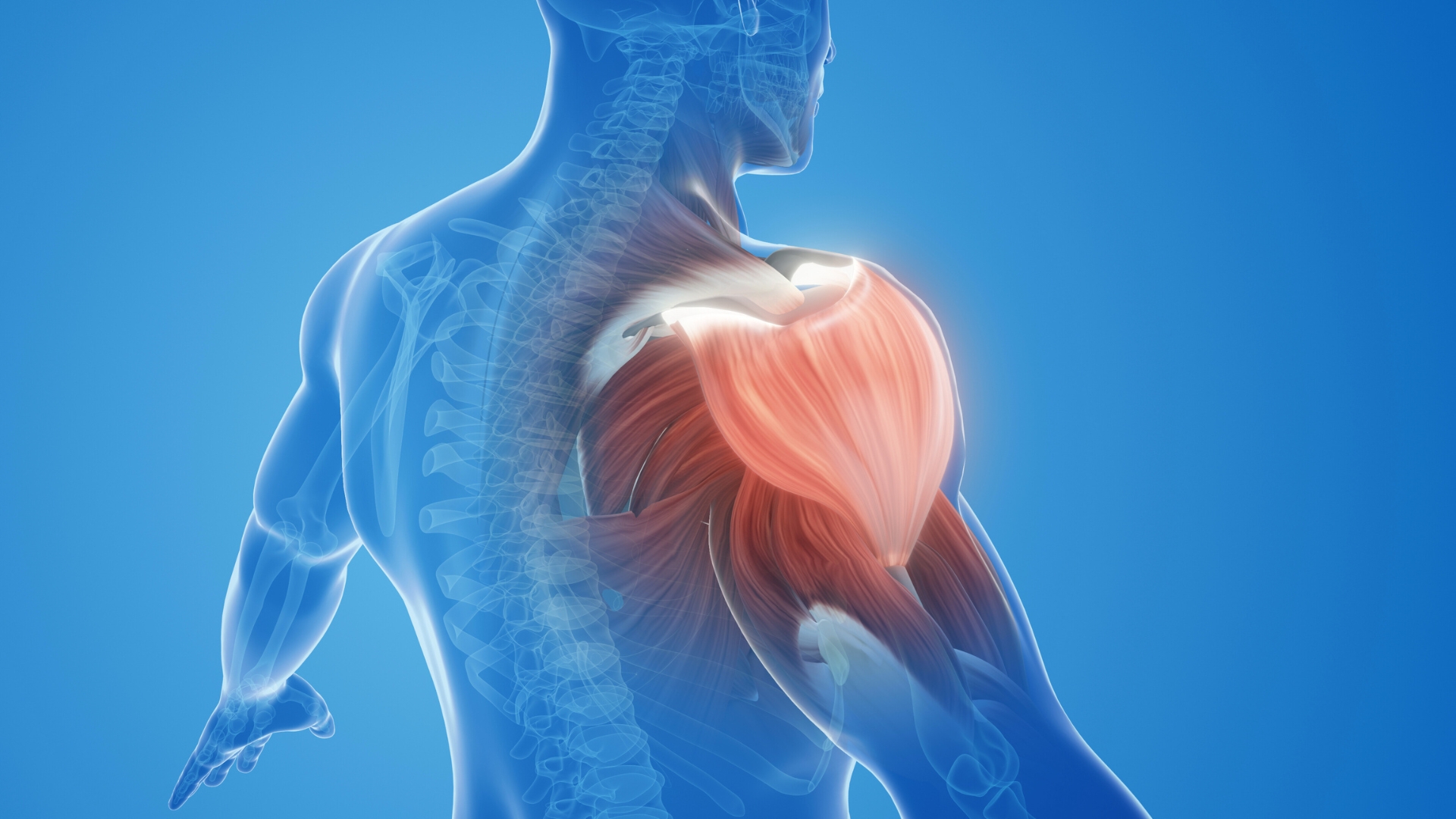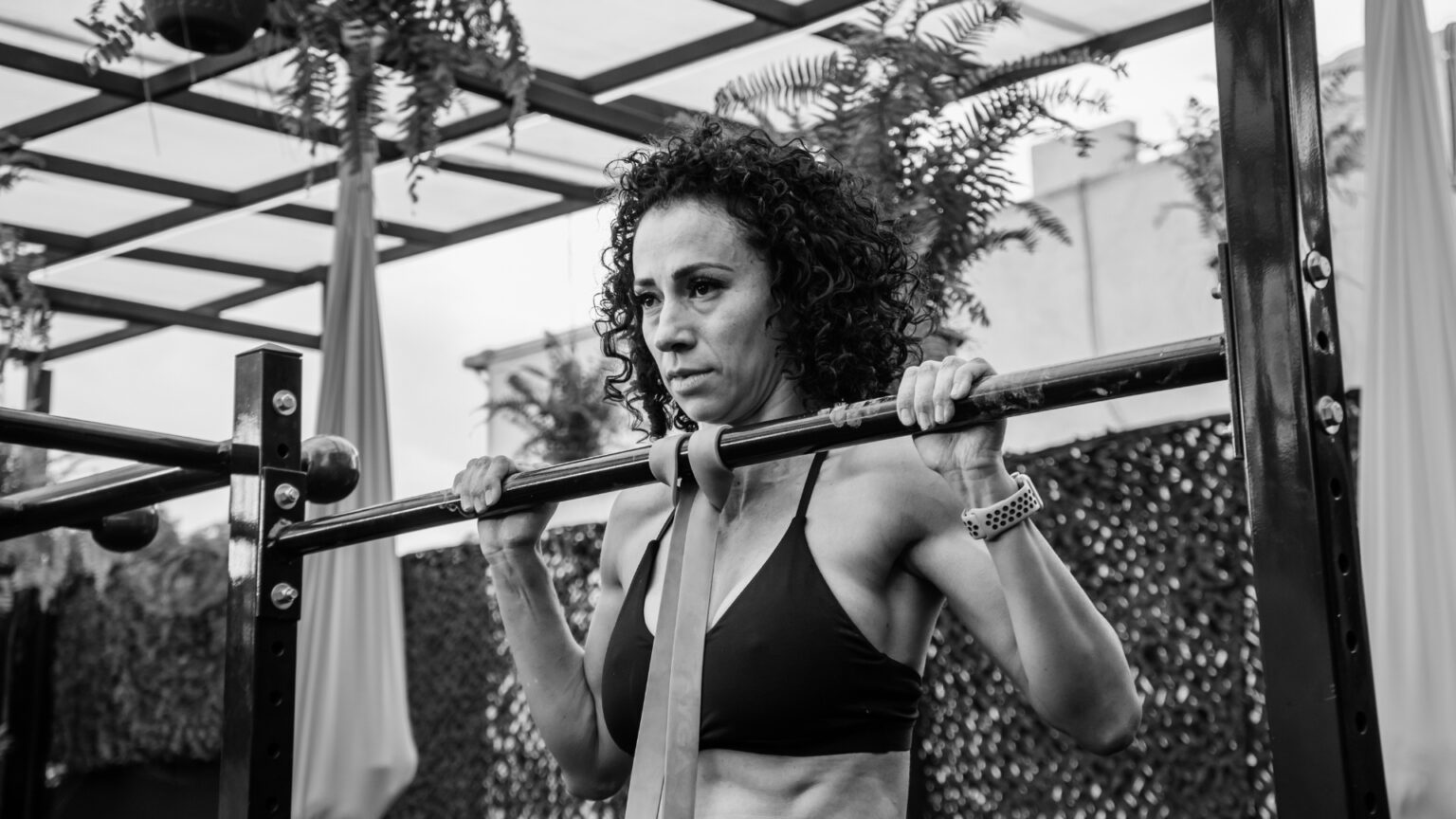
For fighters and athletes, shoulder health is paramount. The shoulders are one of the most mobile and versatile joints in the body, but they’re also among the most injury-prone due to their complexity and the repetitive demands placed on them. If you’ve been training, competing, or just staying active for years, chances are you’ve experienced some form of shoulder discomfort.
This post, paired with an exclusive video tutorial, dives deep into actionable recovery methods that go beyond conventional advice. These methods are tailored for fighters and athletes, emphasizing scapular stability, rotator cuff strength, and advanced recovery techniques to ensure you’re not just recovering but building bulletproof shoulders for the long term.
Shoulder injuries are prevalent in active populations, particularly fighters and martial artists. Here’s why:
Statistics highlight the gravity of the problem:
For fighters, the shoulder is a critical joint, absorbing the impact of punches, grapples, and other high-stress movements. Recognizing the common causes of injury helps target recovery strategies effectively.
To recover and strengthen your shoulders, you need a multifaceted approach. Below are the six pillars, explained with practical applications:
The rotator cuff stabilizes the shoulder joint during movement. Proper activation is critical:
Exercises: Internal and external rotations with resistance bands.
Tip: Perform light, controlled movements to avoid overloading the joint.
Strong rotator cuffs are essential for absorbing impact and maintaining shoulder integrity during repetitive motions like punching or grappling.
Healthy shoulders start with stable scapulae. Focus on strengthening these stabilizers:
Exercises: Scapular punches, Ys, Ts, and Ws.
Pro Tip: Ensure full scapular protraction and retraction for maximum range of motion.
Scapular stability is especially crucial for fighters, as a stable scapula allows for more powerful punches and better injury prevention.
Rounded shoulders and forward head posture often lead to impingements. Fixing posture involves:
Drills: Wall angels and band pull-aparts.
Purpose: Align the shoulder girdle for optimal function.
For athletes, proper posture reduces unnecessary strain on the shoulders and improves overall biomechanics.
Tendons require progressive loading to adapt and strengthen:
Method: Eccentric exercises, such as slow, controlled push-ups and rows.
Why It Works: Eccentrics build resilience in tendons and reduce injury risks.
Eccentric exercises are invaluable for fighters who experience chronic tendon overuse from high-intensity training.
Blood flow restriction (BFR) training has emerged as a groundbreaking method for muscle recovery and growth, especially for fighters and athletes recovering from shoulder injuries.
Science-Backed Benefits: Studies show BFR can increase muscle hypertrophy by 20-30% compared to traditional low-load exercises, even with weights as light as 20-30% of your one-rep max. By restricting venous return while maintaining arterial flow, BFR creates a metabolic environment that accelerates recovery and muscle adaptation.
Practical Application: Apply BFR bands at 50% tightness during lightweight exercises like rows or external rotations. For example, performing 4 sets of 30, 15, 15, and 15 reps with minimal rest (30 seconds) between sets can maximize muscle activation without overloading injured joints.
Key Advantages: BFR reduces mechanical stress on healing tissues while still promoting strength gains. It’s particularly effective for addressing atrophy in the rotator cuff and improving blood circulation to the scapular muscles.
Cautionary Notes: Ensure proper application to avoid arterial blockage. Work with a professional to determine the correct pressure for safe and effective use.
For fighters and athletes, BFR offers a way to maintain and even enhance shoulder strength during periods of limited training capacity, making it a powerful tool in the recovery arsenal.

Training the mind-muscle connection improves coordination and performance:
Technique: Focus on slow, deliberate contractions during scapular exercises.
Example: Plank protraction and retraction drills.
Building neuromuscular pathways ensures better control and reduces the likelihood of reinjury.
This technique mimics the motion of a punch while emphasizing scapular protraction and retraction. Fighters can improve punch strength and range of motion:
How to Perform: Extend your arm fully, protract your scapula, then retract as you pull back.
Benefits: Increased scapular mobility, enhanced punch accuracy, and reduced injury risks.
Scapular punching also improves shoulder durability by reinforcing movement patterns directly relevant to combat sports.
Eccentric training builds tendon strength and joint control:
Steps: Lower yourself slowly during the push-up, maintaining proper scapular alignment.
Pro Tip: Use knees for support initially to focus on control.
Eccentric push-ups are an excellent tool for rehabilitating overused or weakened shoulder tendons.
| Exercise | Target Area | Purpose |
|---|---|---|
| Scapular Punching | Scapula | Improves mobility and punch mechanics |
| Ys, Ts, Ws | Upper Back, Rotator Cuff | Enhances scapular stability |
| Eccentric Push-Ups | Pectorals, Scapula | Strengthens tendons and joint control |
| Band External Rotations | Rotator Cuff | Activates stabilizers and improves ROM |
| BFR Rows | Serratus Anterior | Boosts recovery and muscle hypertrophy |

Strong shoulders aren’t just about recovery—they’re about dominating in your sport and crushing every workout. Fighters, athletes, and anyone who trains hard know that if your shoulders fail, everything else suffers. The exercises and methods in this guide don’t just help you heal—they future-proof your body so you can train harder, fight longer, and keep going when others break down.
Don’t wait for injury to slow you down. Take control of your shoulder health now. Whether you’re bouncing back from damage or trying to stay one step ahead, these strategies will keep you stronger, longer.
Want to push this even further? My exclusive video tutorials and personalized plans are built to help you not just recover but dominate. Dive into our premium library, and let’s take your shoulders—and your game—to the next level. It’s time to stop holding back and start moving forward.
Recovery varies, but with consistent exercises, most minor injuries improve within 6-8 weeks. Chronic issues may take longer and require professional guidance.
es, when done correctly. Eccentrics help strengthen tendons and improve joint control but should be performed under supervision if pain persists.
Absolutely. Prioritizing scapular stability, rotator cuff strength, and proper warm-ups reduces the likelihood of injuries.
Poor posture places excessive stress on the shoulder joints, leading to impingements and instability. Correcting posture is crucial for recovery and performance.
A: BFR promotes muscle growth and recovery using low loads, making it ideal for injured shoulders that cannot handle heavy weights.
coachjohanncscs.com only uses primary research and scholarly studies as references over secondary sites. Other references are primarily from reputable social media accounts of experts only in the fields of health, nutrition, sports science, physiology, psychology, and physical therapy.
DeFroda, S. F., Goyal, D., Patel, N., Gupta, N., & Mulcahey, M. K. (2018). Shoulder instability in the overhead athlete. Current Sports Medicine Reports, 17(6), 264–270. https://journals.lww.com/acsm-csmr/FullText/2018/09000/Shoulder_Instability_in_the_Overhead_Athlete.10.aspx
Kisner, C., & Colby, L. A. (2017). Therapeutic exercise: Foundations and techniques (7th ed.). F.A. Davis Company. https://books.google.com/books?hl=en&lr=&id=z2dhmzP526YC&oi=fnd&pg=PA147
Liebenson, C. (2014). Functional training handbook. Lippincott Williams & Wilkins. https://books.google.com/books?hl=en&lr=&id=ElAtBAAAQBAJ&oi=fnd&pg=PR11
Malliaras, P., Barton, C. J., Reeves, N. D., & Langberg, H. (2013). Achilles and patellar tendinopathy loading programmes: A systematic review comparing clinical outcomes and identifying potential mechanisms for effectiveness. Sports Medicine, 43(4), 267–286. https://link.springer.com/article/10.1007/s40279-013-0019-z
Hughes, L., Paton, B., Rosenblatt, B., Gissane, C., & Patterson, S. D. (2017). Blood flow restriction training in clinical musculoskeletal rehabilitation: A systematic review and meta-analysis. British Journal of Sports Medicine, 51(13), 1003–1011. https://bjsm.bmj.com/content/51/13/1003
Shanahan, C. J., Hodges, P. W., Wrigley, T. V., & Bennell, K. L. (2017). Neuromuscular adaptations to hip exercises in people with and without patellofemoral pain. Medicine & Science in Sports & Exercise, 49(12), 2437–2445. https://journals.lww.com/acsm-msse/Fulltext/2017/12000/Neuromuscular_Adaptations_to_Hip_Exercises_in.9.aspx

Plus: Use The Macro Calculator!